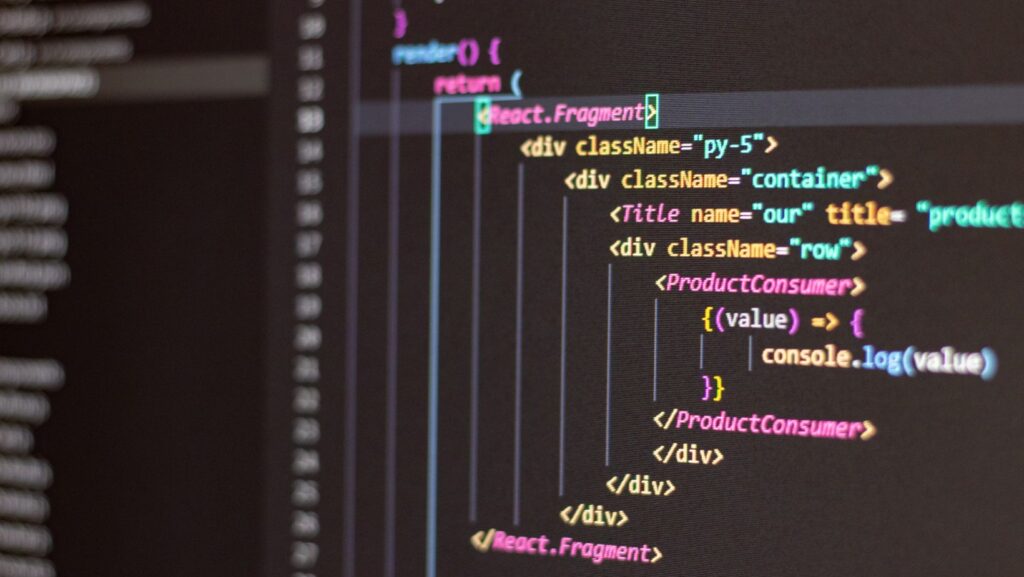Software Configuration Management Tools
In the fast-paced world of software development, efficient management of code changes and configurations is crucial for seamless project execution. Software configuration management tools  play a vital role in ensuring that development teams can collaborate effectively, track changes, and maintain version control throughout the software development lifecycle.
play a vital role in ensuring that development teams can collaborate effectively, track changes, and maintain version control throughout the software development lifecycle.
These tools empower developers to streamline the process of managing, organizing, and tracking changes to the codebase, enabling teams to work cohesively towards project milestones. By utilizing software configuration management tools, teams can enhance productivity, reduce errors, and ensure the consistency and reliability of their software products.
In this article, we delve into the significance of software configuration management tools, explore key features that drive development efficiency, and highlight the benefits they offer to modern development teams.
Software Configuration Management (SCM) tools play a crucial role in modern software development practices. These tools are vital for enabling seamless collaboration among development teams, efficiently tracking changes, and maintaining version control throughout the software development lifecycle.
Factors to Consider When Choosing a Software Configuration Management Tool
When selecting a software configuration management tool, various factors play a crucial role in ensuring its suitability for a development team’s needs. Understanding these factors can help streamline the decision-making process and optimize software development workflows. Here are key considerations to keep in mind:
- Scalability:
- Ensure that the tool can adapt to the evolving needs of your development projects.
- Integration Capabilities:
- Check if the tool seamlessly integrates with existing development tools and systems.
- Version Control Features:
- Look for robust version control mechanisms to track changes effectively.
- Security Measures:
- Prioritize tools with stringent security protocols to safeguard sensitive project data.
- User-Friendliness:
- Choose a tool with an intuitive interface to enhance user adoption and productivity.
- Collaboration Features:
- Opt for tools that facilitate efficient collaboration among team members regardless of their locations.
- Support and Documentation:
- Consider the availability of support resources and comprehensive documentation for smooth tool implementation and troubleshooting.
- Evaluate the cost-effectiveness and licensing models of different tools to align with your budget and licensing requirements.
Best Practices for Implementing Software Configuration Management Tools
Effective implementation of software configuration management tools is crucial for maximizing their benefits in the software development process. Here are some best practices to consider when integrating these tools into your workflows:
- Define Clear Processes: Establish clear guidelines and processes for using the configuration management tools. Define how code changes will be managed, reviewed, and integrated to
 ensure consistency and streamline the development process.
ensure consistency and streamline the development process. - Version Control: Utilize version control effectively to track changes, manage multiple versions of code, and facilitate collaboration among team members. Ensure that the version control system is structured logically and that team members are aligned on its usage.
- Automate Build Processes: Implement automation for build processes to reduce manual errors, improve efficiency, and ensure that builds are consistent and reproducible across different environments. Automation helps in achieving faster deployment cycles and enhances software quality.
- Continuous Integration: Embrace continuous integration practices to merge code changes frequently, run automated tests, and detect integration issues early in the development lifecycle. This practice promotes collaboration, accelerates feedback loops, and enhances the overall code quality.
- Enforce Security Measures: Prioritize security by enforcing access controls, authentication mechanisms, and encryption protocols within the configuration management tools. Protect sensitive code and data from unauthorized access to maintain the integrity of the software development process.
- Regular Backups: Implement a robust backup strategy to safeguard your codebase and configuration data. Regularly back up critical information to prevent data loss in case of system failures or unforeseen events, ensuring continuity in your development efforts.
- Training and Support: Provide adequate training to your team members on the usage of the configuration management tools. Offer ongoing support and documentation to address any issues, promote best practices, and maximize the efficiency of tool utilization within your development environment.
By adhering to these best practices, development teams can harness the full potential of software configuration management tools, drive collaboration, ensure code consistency, and enhance the overall efficiency of the software development lifecycle.



